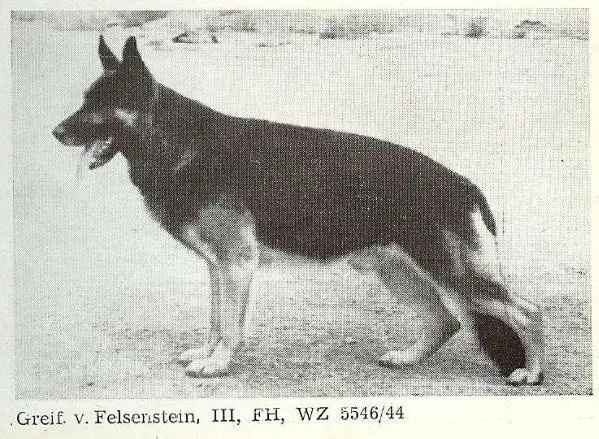Origins and differences by Abhai Kaul.
DDR was simply the Deutsche Democratic Republic (which was called East Germany) before the Berlin wall fell in the late 80s, and the dogs within were the DDR or East German Dogs.
After the second world war, Germany had been divided into two nations West Germany and East Germany or DDR. There was a nonporous border between the two newly formed nations, with the west being open to Western Europe and the Americas, while the east was under strict Soviet control, hence restricting their access to the dogs in West Germany and elsewhere, and the breeds started developing in separate populations. This was also the time when among others, the Martin brothers (Wienerau, Arminius) were getting established in West Germany and their choice of dogs were becoming a global phenomenon: which started to turn into the showline dogs in the late 70s, early 80s.
To counter the limited gene pool imposed by geo-political restrictions, the East Germans developed an innovative breed survey to evaluate their dogs. This was known as the Wertmessziffer system of DDR selection. This breed survey, much like the current survey system, follows the initial licensing and relicensing, but unlike the current system, it was scalar in nature. For instance, the rating of 5555/55, where the first 4 digits are out of 0-9 and the last two are 1-5, evaluate the Body type, Physical Constitution, Angulations and Hip gradings. The next two refer to Environmental Sensitivity/ threshold, Level of Aggression and the Hardness or Mental Resilience to Pressure.
These allocated numbers would determine the best case use for the dog’s future occupational utility. So, a dog that would find a home as a schutzhund prospect, would look for a 5555/55 rating. The German Shepherds that were lower in the initial parameters like Body Type, Physical Constitution, could be used for guarding or police work.
With Germany not being a big country, to contextualize for the American audience, it’s about the size of the state of Wisconsin. So after the collapse of the wall, when Germany was united again, to assume the dogs which came from a concentrated genepool in the east stayed isolated as they were in the cold war era, would be unrealistic.
The Czech Republic again being a very tiny country in Eastern Europe was restricted very much by the same geo-political global hegemony and benefited greatly with the west opening up, not only to show case their talents as excellent trainers but also to a new larger market where their breeding talents found new connoisseurs. They did not have the control or restrictions of the East German Breed Survey system mentioned above, so the dogs that were bred there were valued only for drive that could be utilized in IGP competitions to great effect, no consideration was paid to anatomy or the other mental aspects of these dogs.
This moniker has now been reduced to a marketing gimmick which some people unfortunately use as a USP to sell their puppies to unsuspecting and uneducated buyers who are too lazy to do their due diligence.

